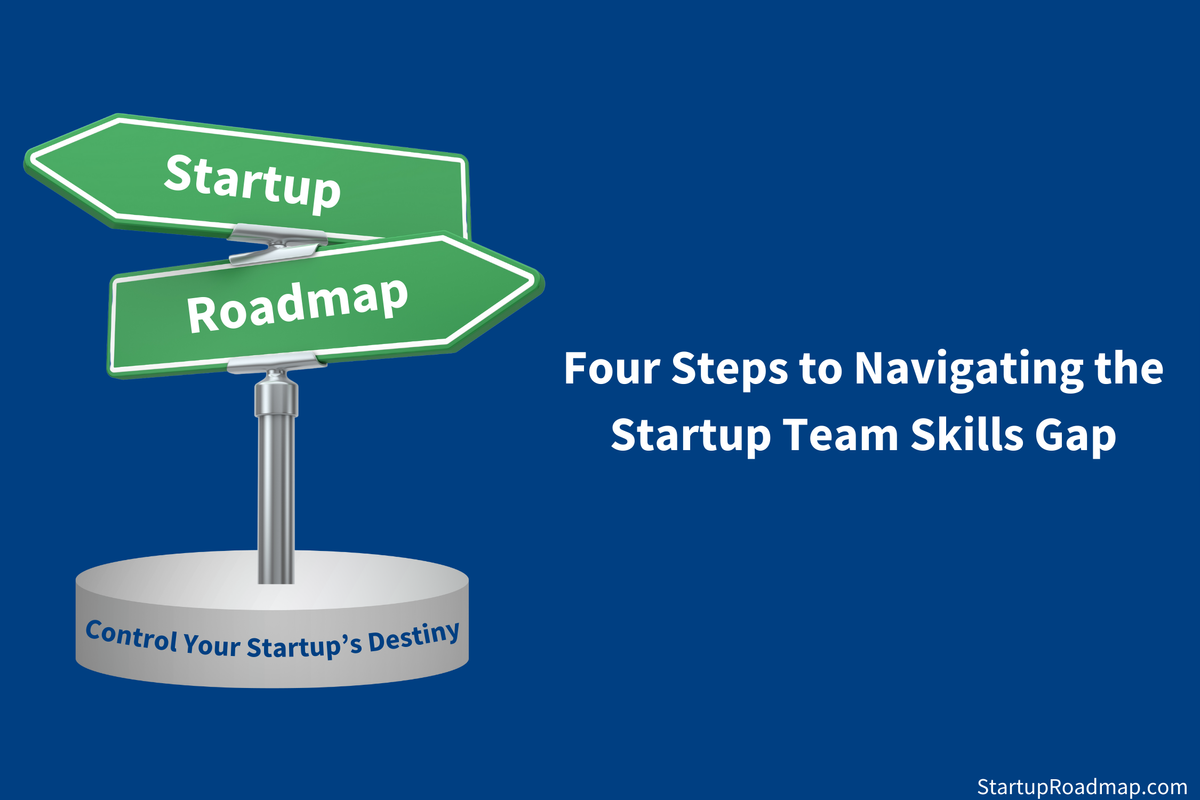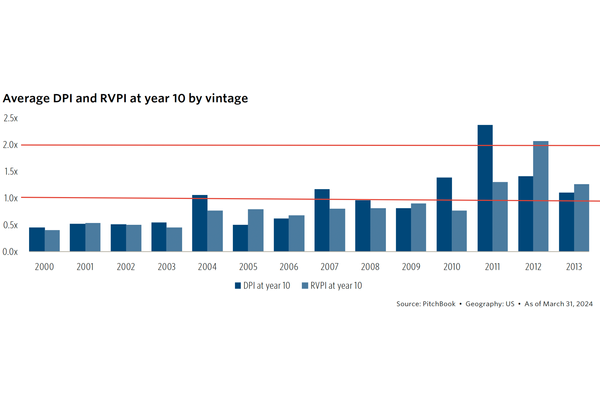Four Steps to Navigating the Startup Team Skills Gap

Jim Collins, the author of Good to Great, stated that the key to building great companies is getting the right people on the bus. This is a critical concept for successful founders.
You need the right people on your bus to find and scale product-market fit. The wrong people slow you down, lead you down the wrong path, and burn precious cash.
As a founder, your number one job is to assess the skills required throughout the startup journey and stay relentlessly focused on filling them. It's easier said than done. The skills and experience required are constantly moving targets as you iterate on your product. And then, just as you lock in on product-market fit, scaling presents new challenges.
In the beginning, it's about adding the right people. Finding the right co-founder. Adding the right combination of employees, outsourced expertise and advisors. But over time, it becomes more challenging. Not everyone on your team will be right for every stage of the journey.
It's not a simple math exercise. People are involved, which means that emotions are involved. Some people have been with you from the very beginning. It's hard enough to fire someone that's an underperformer. But telling someone who was great in the last phase of your journey that they no longer have the skills you need can be gut-wrenching.
A Simple Four-Step Process
I find that a simple, well-defined process can help remove emotion from difficult decisions. When it comes to assessing your current team and the needs of your startup, here's a four-step process you can use. It's industry-agnostic and easy to adapt to any team or strategic initiative.
The examples below consider this process through the lens of SaaS product development, but you could just as easily apply it to your go-to-market strategy or any operations challenge.
Step 1: Identify the Skills Required to Develop Your Product
Let's start by listing our product's key features and functionality. We'll then identify the skills needed to develop each feature and assign a priority level. This will help you understand what expertise is necessary for your team to build and launch your product successfully.

Step 2: Identify Current Team Skills and Gaps
Next, list each team member and their current skills. Let's also list the required skills from Step 1 and identify any skills gaps we will need to fill. This comparison will help you pinpoint any gaps in expertise you need to address.

Step 3: Evaluate Options to Address Skills Gaps
Once we've identified the skills gap, we have some decisions to make. There are four approaches to consider.
- Elimination: Remove the feature from the product spec, which may reduce functionality but save time and money.
- Training: Invest the time and money for a member of your team to learn the required skills.
- Hiring: Recruit a new team member with the required skills.
- Outsource: Engage an agency or freelance with the required skills.
Do not underestimate the power of Elimination. Embrace the concept of the Minimum Viable Product in the early days of finding product-market fit. If evaluating your sales and marketing efforts, consider starting with fewer sales channels to close a skills gap. Do fewer things better.
Each option involves a tradeoff between time, money, the functionality of your product, and the quality of your customer experience.

Step 4: Document Your Decisions
Finally, document your decisions, determine the implementation plan, and assign ownership for every action.
By comparing each option's cost, time, and impact, you can prioritize actions that align with your startup's goals and resources. This structured approach ensures that your decisions are backed by data and focused on achieving the best outcomes.

Incorporate This Process Into Your Strategic Planning Cycle
You should run this process at least semi-annually. If your execution is slipping and you're at risk of missing critical milestones that could threaten future funding, run it quarterly.
Successful startups are built on great execution. And great execution comes from having the right people in the right seats on your bus.
Sometimes, it means adding someone new to the team to move faster. Unfortunately, it can also mean that someone has to step off the bus to preserve cash and make room for you to add the skills you need right now.
It's one of the hardest jobs for a founder. It's also the most important.
Download the Free Workbook
If you're ready to complete this process for your startup, you can download the Team Skills Gap Assessment Workbook. It's free and includes the tables and examples above in a format that's easy to use and share with your team.
Dig Deeper
🗣️ Leave a comment or question below
📫 Email me at eric@startuproadmap.com
👉 DM me on LinkedIn
🖥️ You can learn more about working with me here




